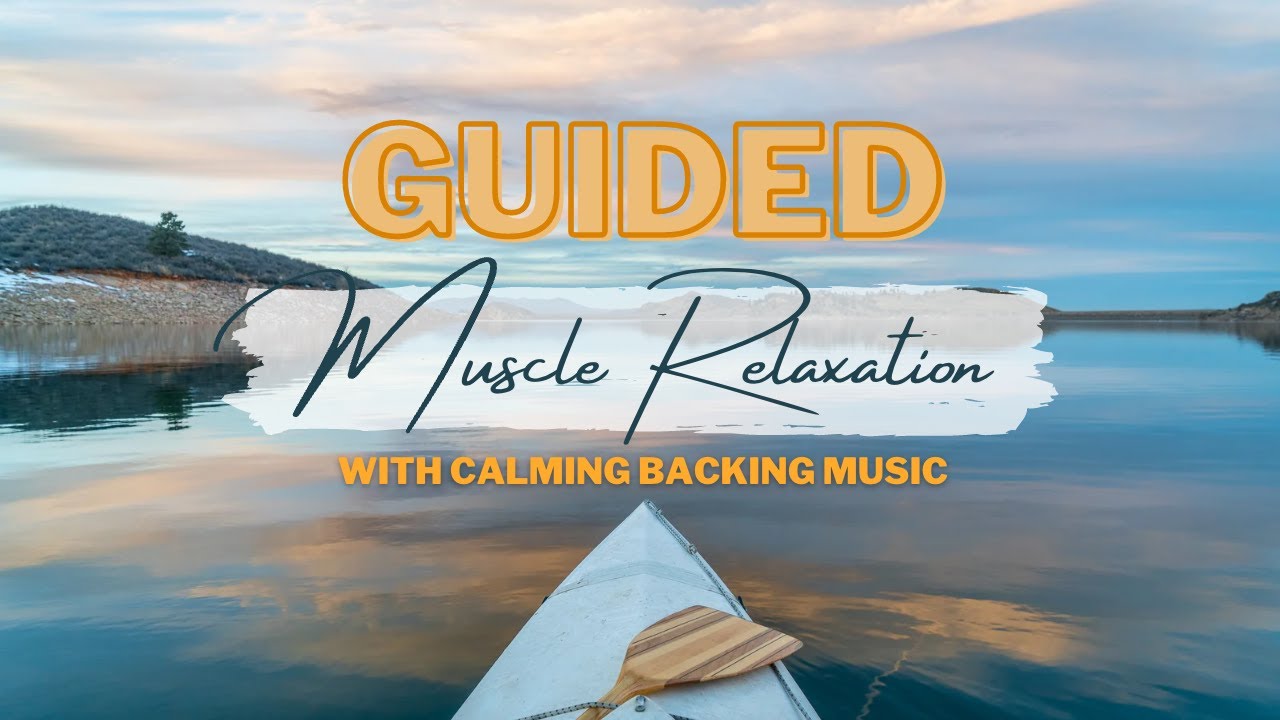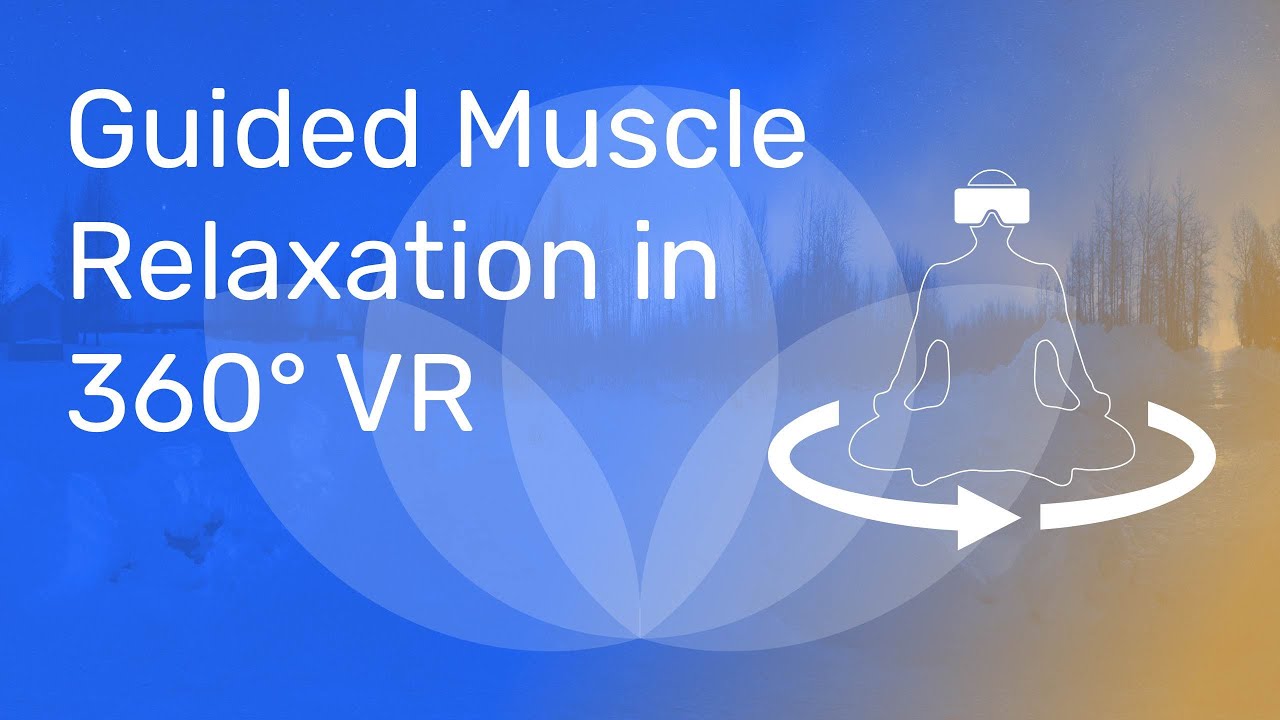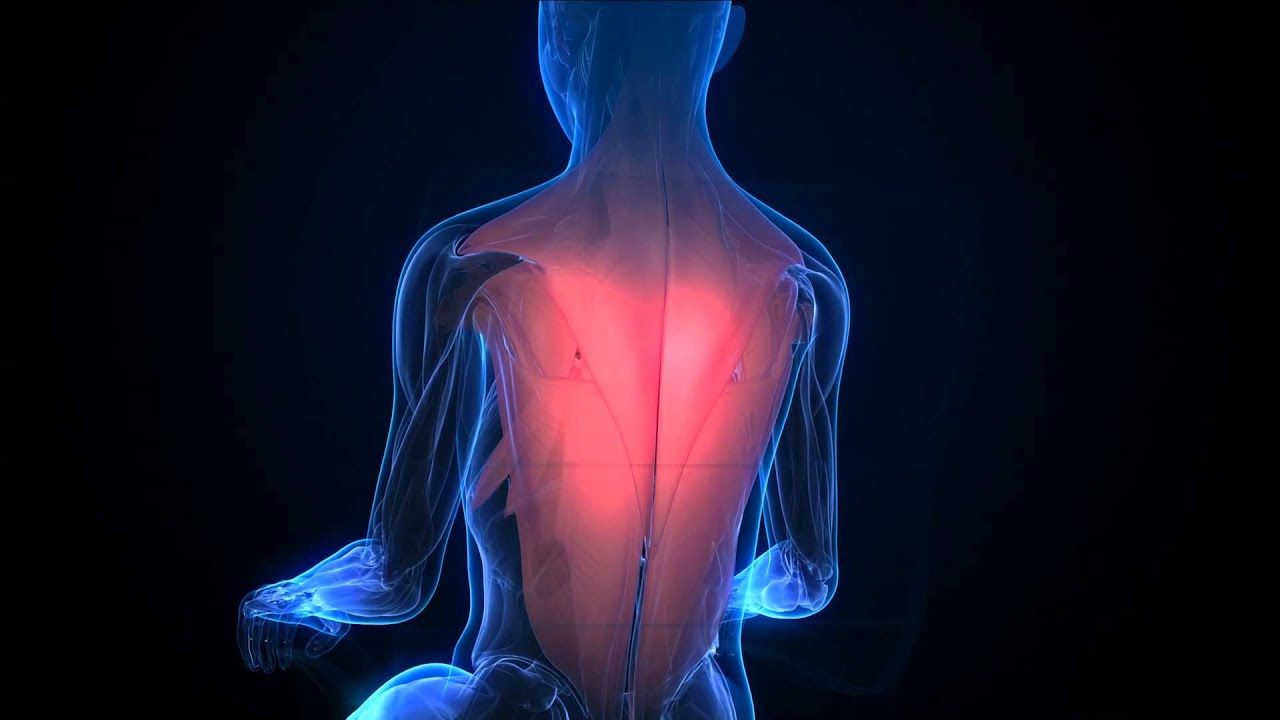Guided Muscle Relaxation In today’s fast-paced world, finding ways to relax and unwind is more important than ever. One technique that has gained popularity in recent years is guided muscle relaxation. This practice involves consciously tensing and then releasing different muscle groups in the body, with the guidance of a trained professional or through audio recordings. The benefits of guided muscle relaxation are numerous, both for the physical body and the mind. In this article, we will explore what guided muscle relaxation is, how it works, and who can benefit from it. We will also delve into the science behind this technique and provide tips for a successful session.
Contents
- 1 What is Guided Muscle Relaxation?
- 2 The Benefits of Muscle Relaxation
- 3 The Science Behind Guided Muscle Relaxation
- 4 How to Prepare for Guided Muscle Relaxation
- 5 Finding the Right Guided Muscle Relaxation Technique for You
- 6 Tips for a Successful Guided Muscle Relaxation Session
- 7 Common Misconceptions About Guided Muscle Relaxation
- 8 Combining Guided Muscle Relaxation with Other Relaxation Techniques
- 8.1 What is guided muscle relaxation?
- 8.2 What are the benefits of guided muscle relaxation?
- 8.3 How do I practice guided muscle relaxation?
- 8.4 What are some tips for practicing guided muscle relaxation?
- 8.5 Can anyone practice guided muscle relaxation?
- 8.6 Are there any risks or side effects of guided muscle relaxation?
Key Takeaways
- Guided muscle relaxation is a technique that involves consciously tensing and then relaxing different muscle groups in the body to achieve a state of deep relaxation.
- The benefits of guided muscle relaxation include reduced stress and anxiety, improved sleep, and decreased muscle tension and pain.
- Guided muscle relaxation works by activating the body’s relaxation response, which counteracts the effects of the stress response.
- The science behind muscle relaxation suggests that it can help regulate the autonomic nervous system and improve overall physical and mental health.
- Anyone can benefit from guided muscle relaxation, regardless of age, fitness level, or health status. It can be especially helpful for those with chronic pain, anxiety disorders, or sleep problems.
What is Guided Muscle Relaxation?
Guided muscle relaxation is a relaxation technique that involves systematically tensing and then releasing different muscle groups in the body. It is often done with the guidance of a trained professional or through audio recordings that provide instructions on which muscles to tense and how long to hold the tension before releasing it. This technique differs from other relaxation techniques, such as deep breathing or meditation, in that it focuses specifically on the muscles.
The Benefits of Muscle Relaxation
The benefits of muscle relaxation are both physical and mental. On a physical level, this practice helps to reduce muscle tension and promote relaxation throughout the body. By consciously tensing and then releasing each muscle group, individuals can become more aware of areas of tension and learn to let go of that tension. This can lead to improved flexibility, reduced pain, and increased blood flow to the muscles.
On a mental level, muscle relaxation can help to reduce stress and anxiety. When we are stressed or anxious, our muscles tend to tense up as a natural response. By consciously relaxing these muscles, we send signals to our brain that it is safe to let go of stress and tension. This can lead to a calmer state of mind, improved sleep quality, and an overall sense of well-being

.
How Guided Muscle Relaxation Works
| Benefits of Muscle Relaxation | How it Works |
| Reduces stress and anxiety | By focusing on tensing and relaxing different muscle groups, it helps to release physical tension and promote relaxation throughout the body. |
| Improves sleep quality | By promoting relaxation and reducing physical tension, it can help individuals fall asleep faster and stay asleep longer. |
| Reduces muscle tension and pain | By consciously tensing and relaxing different muscle groups, it can help to release built-up tension and reduce pain in specific areas of the body. |
| Enhances self-awareness | By focusing on different parts of the body and noticing physical sensations, it can help individuals become more aware of their body and its responses to stress and tension. |
Guided muscle relaxation works by engaging both the body and the mind. The process typically involves finding a quiet and comfortable space, either lying down or sitting in a relaxed position. The individual then follows the instructions provided by a trained professional or through an audio recording, focusing on one muscle group at a time.
The process begins by tensing the muscle group, holding the tension for a few seconds, and then releasing it completely. This allows the individual to become aware of any tension or discomfort in that particular muscle group and then consciously let go of it. The process is repeated for each muscle group in the body, from the toes all the way up to the head.
The Science Behind Guided Muscle Relaxation
Numerous studies have been conducted on the effectiveness of guided muscle relaxation, providing scientific evidence for its benefits. Research has shown that this technique can help to reduce muscle tension, lower blood pressure, and decrease levels of stress hormones in the body. It has also been found to improve sleep quality and reduce symptoms of anxiety and depression.
The science behind guided muscle relaxation lies in its impact on the nervous system and brain. When we consciously relax our muscles, it sends signals to our brain that we are safe and not in danger. This activates the parasympathetic nervous system, which is responsible for promoting relaxation and reducing stress. As a result, our heart rate slows down, our breathing becomes deeper and slower, and our body enters a state of calm.
Who Can Benefit from Guided Muscle Relaxation?
Guided muscle relaxation can benefit anyone who experiences stress, anxiety, or muscle tension. It is particularly helpful for individuals who have difficulty relaxing or have chronic pain conditions. This technique can also be beneficial for athletes looking to improve their performance by reducing muscle tension and increasing flexibility.
Additionally, relaxation can be used as a complementary therapy for various conditions, such as fibromyalgia, migraines, and irritable bowel syndrome. It can help to alleviate symptoms and provide a sense of relief and relaxation.
How to Prepare for Guided Muscle Relaxation
To prepare for a guided muscle relaxation session, it is important to find a quiet and comfortable space where you will not be disturbed. This could be a cozy corner in your home or a quiet room at your workplace. Make sure to wear loose and comfortable clothing that allows for easy movement.
Creating a relaxing environment is also key. Dim the lights, play soft and soothing music, and use aromatherapy if desired. Set aside dedicated time for your session, free from distractions and responsibilities. This will allow you to fully immerse yourself in the practice and reap its benefits.
Finding the Right Guided Muscle Relaxation Technique for You
There are various types of guided muscle relaxation techniques available, so it’s important to find the one that suits your needs and preferences. Some techniques focus on progressive muscle relaxation, where each muscle group is tensed and released individually. Others may incorporate visualization or guided imagery to enhance the relaxation experience.
To choose the right technique for you, consider your personal preferences and goals. If you prefer a more structured approach, a technique that guides you through each muscle group individually may be beneficial. If you enjoy visualizing peaceful scenes or engaging your imagination, a technique that incorporates guided imagery may be more appealing.
Tips for a Successful Guided Muscle Relaxation Session
To get the most out of your guided muscle relaxation session, it’s important to approach it with an open mind and a willingness to let go of tension and stress. Here are some tips to help you have a successful session:
1. Find a quiet and comfortable space where you can relax without interruptions.
2. Set aside dedicated time for your session, free from distractions.
3. Follow the instructions provided by a trained professional or through an audio recording.
4. Focus on each muscle group individually, consciously tensing and then releasing the tension.
5. Pay attention to any areas of tension or discomfort and consciously let go of that tension.
6. Breathe deeply and slowly throughout the session, allowing your body to relax with each exhale.
7. Stay present and focused on the sensations in your body, letting go of any thoughts or worries.
Common Misconceptions About Guided Muscle Relaxation
Like any relaxation technique, guided muscle relaxation has its fair share of misconceptions. Let’s debunk some common myths and clarify any misunderstandings:
Myth 1: Guided muscle relaxation is only for people with muscle pain or tension.
Reality: While guided muscle relaxation can certainly help with muscle pain and tension, it is beneficial for anyone looking to reduce stress and promote relaxation.
Myth 2: Guided muscle relaxation requires a lot of time and effort.
Reality: Guided muscle relaxation can be done in as little as 10 minutes a day. It is a simple practice that can easily be incorporated into your daily routine.
Myth 3: muscle relaxation is the same as meditation.
Reality: While guided muscle relaxation shares similarities with meditation, it differs in its focus on the muscles. Meditation typically involves focusing on the breath or a specific object, while guided muscle relaxation focuses on consciously tensing and releasing the muscles.

Combining Guided Muscle Relaxation with Other Relaxation Techniques
Guided muscle relaxation can be combined with other relaxation techniques to enhance its benefits. For example, deep breathing exercises can be incorporated into a guided muscle relaxation session to further promote relaxation and reduce stress.
Another complementary technique is mindfulness meditation. By combining guided muscle relaxation with mindfulness, individuals can cultivate a greater sense of awareness and presence in their bodies, allowing for deeper relaxation and stress reduction.
In conclusion, muscle relaxation is a powerful technique that can help to reduce stress, promote relaxation, and improve overall well-being. By consciously tensing and then releasing different muscle groups in the body, individuals can become more aware of areas of tension and learn to let go of that tension. The physical and mental benefits of guided muscle are supported by scientific research, which has shown its effectiveness in reducing muscle tension, lowering blood pressure, and decreasing levels of stress hormones.
Whether you are looking to reduce stress, alleviate muscle pain, or simply find a moment of calm in your busy day, guided muscle relaxation can be a valuable tool. By preparing for a session, finding the right technique for you, and following some simple tips, you can experience the benefits of this practice firsthand. So why not give it a try and discover a calmer, more relaxed you?
FAQs
What is guided muscle relaxation?
Muscle relaxation is a relaxation technique that involves tensing and then relaxing different muscle groups in the body, while following a guided script or audio recording.
What are the benefits of guided muscle relaxation?
Guided muscle relaxation can help reduce stress, anxiety, and muscle tension. It can also improve sleep quality, lower blood pressure, and promote overall relaxation and well-being.
How do I practice guided muscle relaxation?
To practice muscle relaxation, find a quiet and comfortable place to sit or lie down. Follow a guided script or audio recording that instructs you to tense and then relax different muscle groups in your body, starting from your toes and working your way up to your head.
What are some tips for practicing guided muscle relaxation?
Some tips for practicing muscle relaxation include finding a quiet and comfortable place to practice, using headphones to block out external noise, and practicing regularly to build the habit of relaxation.
Can anyone practice guided muscle relaxation?
Yes, anyone can practice muscle relaxation. It is a safe and effective relaxation technique that can be practiced by people of all ages and fitness levels.
Are there any risks or side effects of guided muscle relaxation?
There are no known risks or side effects of muscle relaxation. However, if you have any medical conditions or concerns, it is always best to consult with your healthcare provider before starting any new relaxation or exercise program.
To read about Progressive Muscle Relaxation Jacobson
To read more about Guided Muscle Relaxation,











